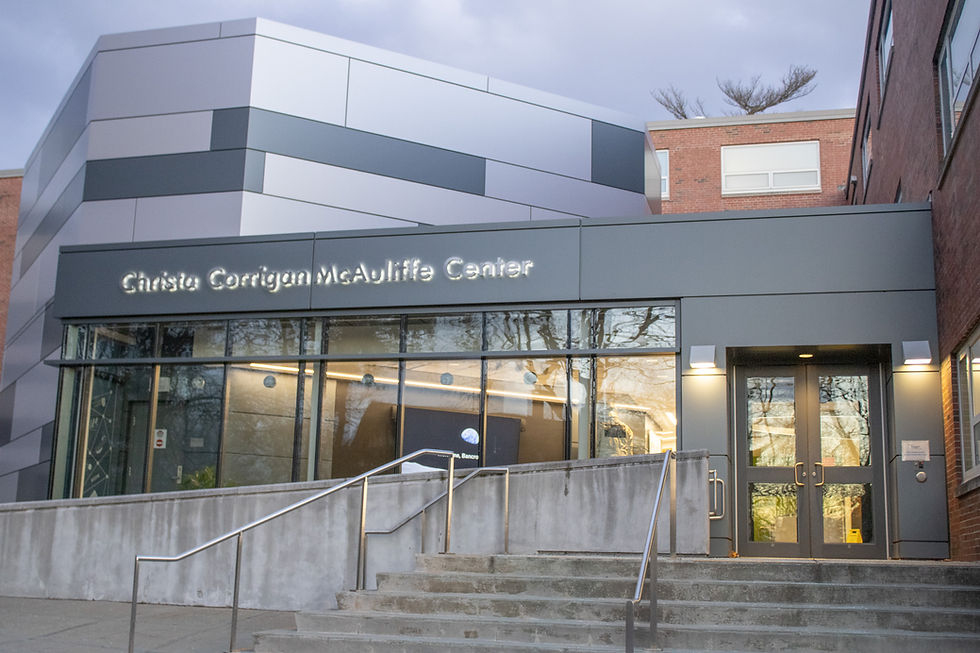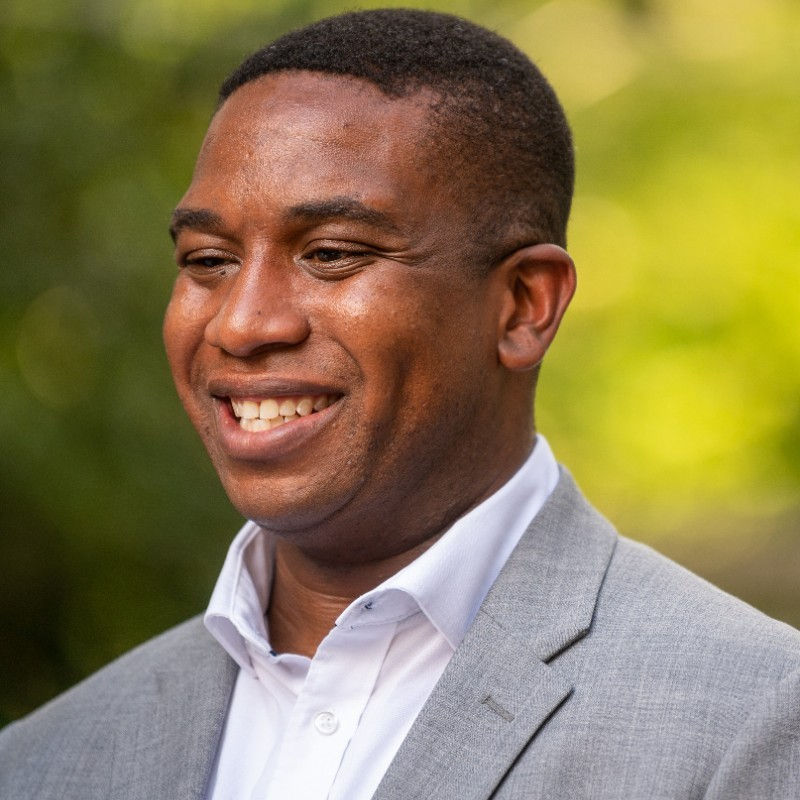FSU to increase faculty, slow growth
- Kaila Braley
- Dec 6, 2013
- 6 min read
By Kaila Braley
An initiative to create a lower student to faculty ratio over the next two academic years is a two-fold plan, according to Interim President Robert Martin.
He explained that one aspect of this initiative is to “dial back” projected student growth to a 1 percent increase in comparison to the 2 percent increase projected for the last two years. The second aspect of this initiative is to increase the number of tenure-track faculty members to meet the growing needs of students.
“One of our goals has always been to maintain a certain level of staffing with regard to our full-time faculty – particularly as it relates to the number of students whom we have. Essentially, we’ve tried to maintain a ratio. And we’ve gotten a little behind in that ratio.”
One of the biggest reasons this ratio has changed, he said, is because of the significant influx of incoming students.
He added the actual growth rate of student enrollment in those years was about 8 to 10 percent, a significant jump from the projected 2 percent. “The good news is out admissions effort was extraordinarily successful. The bad news is, when you have a very successful effort like that sometimes you then have to scramble to deal with the effects of that influx because it’s maybe a bit more than what you can handle.”
Martin said having significantly higher student enrollment than predicted “is a problem a lot of
universities would like to have – beats not having enough.”
Executive Vice President Dale Hamel said he doesn’t anticipate any problems caused by slowing enrollment because it would still be increasing, just at a smaller rate than the past few years. “A growing institution is a healthy institution” but the growth will just be moderated for a couple of years.
He added there are “all the different areas where you need to address capacity issues.” As examples, Hamel listed the new dining facilities, the new science wing on Hemenway Hall, the plans for a new parking lot and residence hall, “and finally, and most importantly, classroom capacity.”
He said there is a smaller percentage of tenure-track faculty members in relation to the total faculty compared to five years ago, even though the “total [number of] faculty have kept up relatively reasonably to total student enrollment. However, that’s come by adding additional visiting lecturers and what is called full-time temporary faculty.”
He said there were three reasons for this change in the makeup of the faculty. The first is that some positions changed from being considered faculty to being staff, such as the Dean of Graduate Studies position.
The second reason for the decrease in tenure-track faculty is that over the past few years, positions that have been budgeted haven’t been filled because, among other reasons, some of the searches were unsuccessful.
The third reason is that Academic Affairs must decide which departments should start looking for faculty about a year in advance, but the administration figures out the number of incoming students a month or two in advance. They must work on purely projected numbers, which were significantly lower than the actual enrollment growth.
Currently, we have 160 tenure and tenure-track positions. “We’ve authorized nine new positions next year. That includes five new tenure-track positions, so truly new positions, as well as four conversions from full-time temp to tenure-track lines. That would represent an increase of 5.6 percent,” Hamel said.
Vice President for Academic Affairs Linda Vaden-Goad explained the conversion of the positions. “We’ll be transforming some of the full-time temporary positions into the tenure-track. Not necessarily the people in those positions, but we’ll run searches.” She added that the faculty member who had the temporary position could apply for the new tenure-track position.
The University’s visiting lecturers and full-time temporary faculty members are extremely important to the FSU community, Vaden-Goad said, adding that they often show immense commitment and take on responsibilities of tenure-track faculty.
Hamel said FSU has an annual budget that is a part of a long-range budget in which FSU tries to create “enough faculty lines to meet the need. Obviously, much of this is as much of an art as a science and we don’t know exactly the number of students that will be coming in in two years, although I think we’re getting very good at that.”
Vaden-Goad explained what gets plugged into the formula to determine which departments need more faculty members. These factors are the number of advisees in a department, the amount of growth over a five-year period, the number of students declared in the major, the percentage of visiting lecturers, and the number of contact hours.
Contact hours indicate how much work a department has, including the classes for the students in the major as well as the general education classes that other students have to take.
“We’ll say to departments, ‘Who has need for whatever reasons to hire?’ ‘Who would like hire?’ We will receive those requests, and we will at the same time be running these numbers, and we’ll know which departments have the highest need,” Vaden-Goad explained.
There are three departments currently looking for new tenure-track faculty members: modern
languages, computer science and geography. There are nine other departments who are looking to replace faculty members who may have retired or otherwise left FSU.
Martin explained that this is another important reason for the initiative to hire new faculty, since there has been a higher than normal change in the current faculty with retirements and sabbaticals.
Chair of the geography department Elaine Hartwick said there is a strong need for more faculty members in her department.
“The teaching load is amazing,” she said. “I teach nine courses in the department. A lot of times, my colleagues teach like six preps, six different courses a year. And there’s only so much you can do.”
She added that there is only one professor, David Merwin, who teaches the Geographical Information Systems (GIS) concentration, including the lab. “It’s insane,” Hartwick said.
She said the search committee is looking for someone who can teach some classes in the GIS
concentration, as well as someone who will teach classes on either local or global planning.
Hartwick said that although being a visiting lecturer “is a great way to get your foot in the door,” these positions are “not paid very well. You’re talking to a Marxist, so I’d rather see someone get a fairly good pay ... and all the benefits and so forth.”
She added that tenure-track faculty members are important because they carry a full course load, do advising, are expected to work on committees and do community service. They also do research, and therefore bring new information to their students and their community, she said.
Chair of the modern languages department Emilce Cordeiro agreed that tenure-track faculty members are essential to the FSU community. “When you have someone in a position like that, the whole institution benefits. ...You have a person 24/7 invested in developing programs, classes and committees.”
The modern languages department is looking for a new faculty member to teach American Sign Language (ASL) and coordinate the new program between FSU and Northern Essex Community College.
Cordeiro said she would like to get approval to hire more tenure-track faculty members in her
department, especially another professor to teach Spanish classes, but doesn’t know which
departments will get permission to create new positions.
Some students didn’t realize there was a growing gap in the student to faculty ratio.
Sydney Cruz, a freshman early childhood education major, said, “Not many of my class sizes were too big. I didn’t know it was an issue. ... I don’t think it’s really necessary.”
Senior psychology major Danielle Cerdone said, “I’ve never had a problem getting into a class or anything. Some have a hard time, but some people have better luck, I guess.”
Senior psychology major Amanda Delorey said, “I’ve been lucky but some of my friends and people in my classes haven’t been able to get into a particular class and were pushed back graduating a whole year.”
Cammi Maguire, a junior communication arts major, said, “I enjoy the small classroom atmosphere, so I think it’s good. At the same time, not increasing the incoming students could potentially be harmful in the long term. But if we have more faculty, they might offer more classes, hopefully.”
Senior communication arts major Jen Griswold said, “I’ve found smaller classes to be more successful, so I think it’s a great idea.”
Tim Kiernan, a junior business administration major, said he thought it was a good decision to slow student enrollment. “There are too many freshmen causing overcrowding. The lines are so long at lunch.”
Raschel Grandmaison, a senior early childhood education major, said, “They should take how many faculty they have into consideration when they accept students.”





